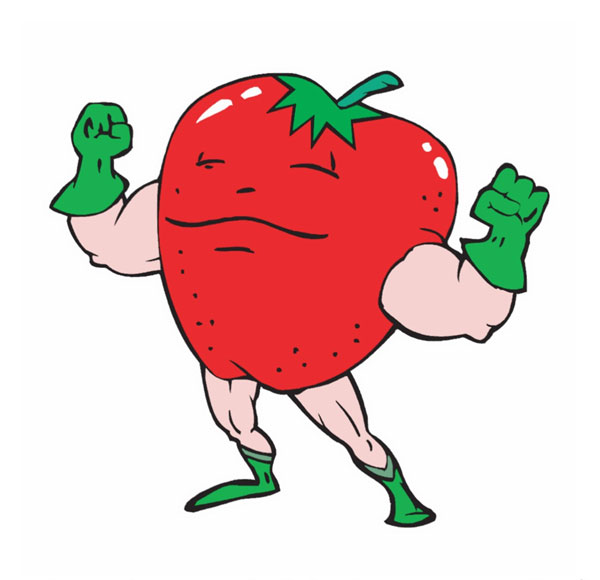
Cartoon characters are often used to market so-called junk food to children. However, new research from Italy suggests that the same technique might be used to nudge preschoolers into eating more fresh fruit and vegetables too. Details of the investigation appear in the International Journal of Markets and Business Systems.
Fabrizio Baldassarre and Raffaele Campo of the University of Bari Aldo Moro, Italy, explain how investigated how young children perceived different food items — savoury and sweet snacks and fresh fruit — based on whether or not the food had a sticker showing their favourite cartoon characters. The study showed that even children averse to choosing the healthy option could be persuaded to eat the fruit if it was associated with said cartoon character.
“Marketing to children is strongly related to psychology and marketers are often counselled by psychologists in order to better understand children’s desires and dreams but also the modality for presenting the products,” the team reports. Of course, marketing of what is commonly regarded as the less healthy option, crisps, sweets and other high-calorie and problematic snacks are often the subject of such work rather than companies finding ways to market healthy food. Given the persuasive power of young children in the supermarket aisles when shopping with parents and carers, there is certainly an opportunity to instil healthy eating habits early on and perhaps even to persuade the adults to make healthier choices about food along the way.
The team’s experiment demonstrated that the presence of a favourite character sticker on a kiwi fruit, for instance, influenced the children’s’ perception of how tasty that fruit was as a snack even before they had eaten the fruit. The team found that children who habitually rejected fruit as a snack option were persuaded to opt for fruit given the presence of a character sticker. They would even ignore well-known branded sweet and savoury snacks in favour of fruit with a cartoon sticker.
“Children were so enchanted by the presence of the characters that they tended to link the aesthetic appearance with the good taste of those selected foods, without trying them; the relationship with characters is strong enough to influence their preferences,” the team reports.